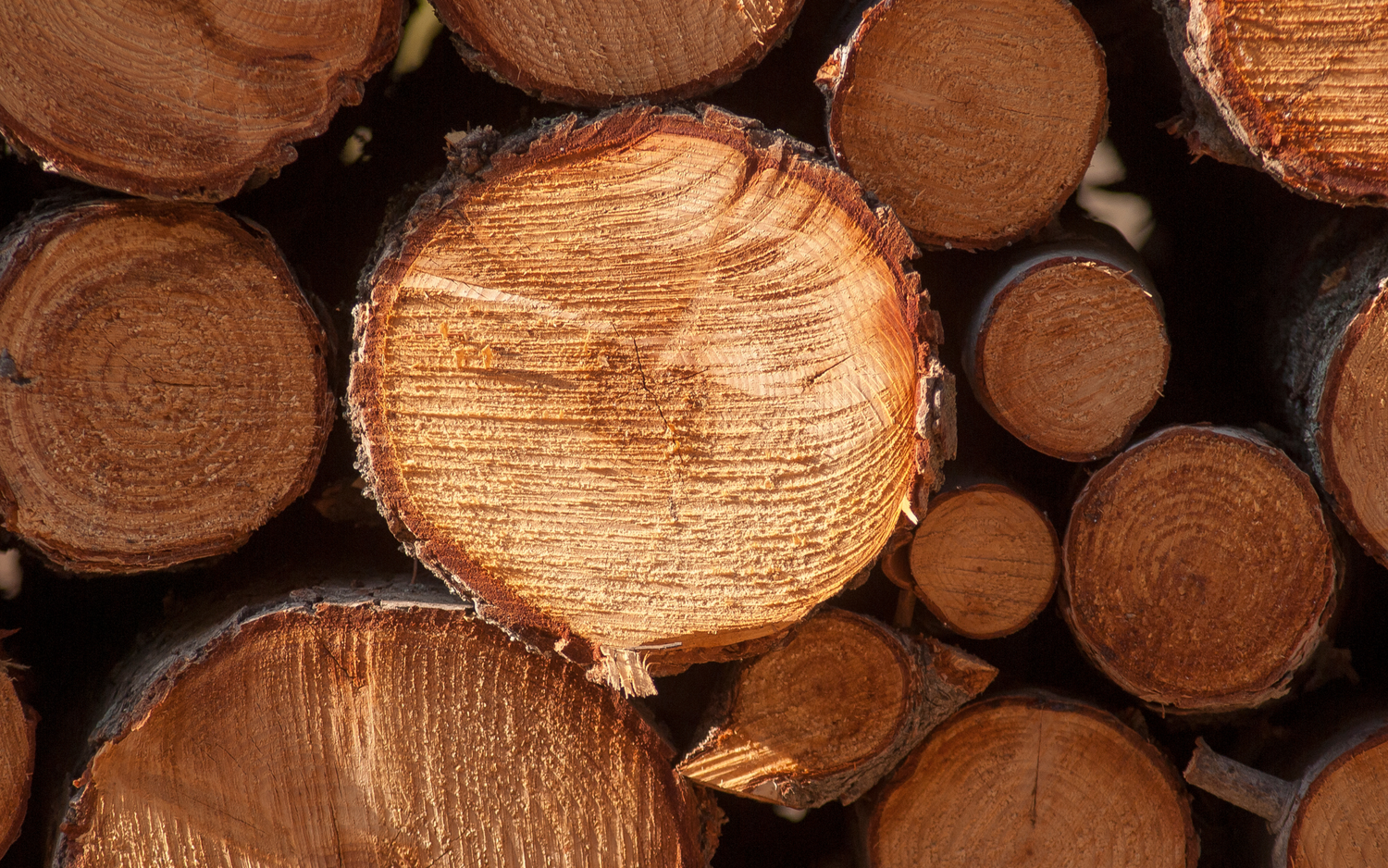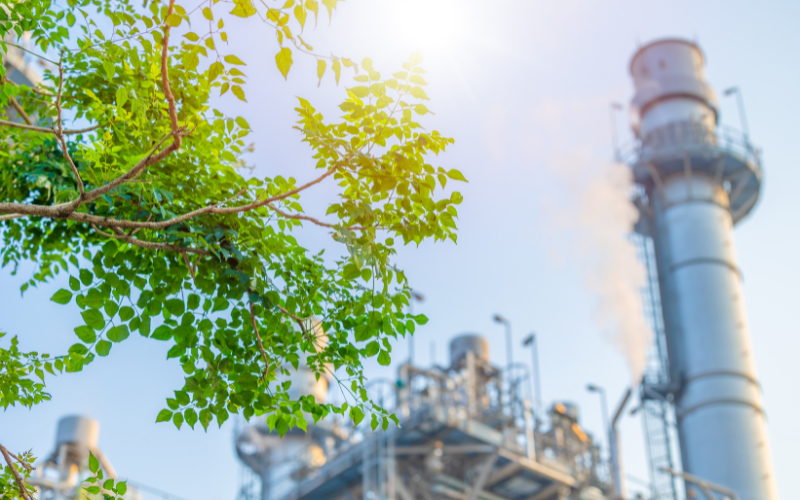The timber industry plays a vital role in our lives, providing a multitude of products, from furniture to building materials to paper. However, this industry also has an impact on our environment, particularly with regard to atmospheric emissions. Characterizing air emissions has become a key element in ensuring that the timber industry can move towards a more sustainable approach.
Understanding Atmospheric Emissions
Air emissions in the wood industry are mainly linked to wood processing processes. Cutting, drying, planing, and gluing operations, to name a few, produce a variety of air pollutants. These pollutants include volatile organic compounds (VOCs), fine particles, and even toxic chemicals. These emissions can have adverse consequences on air quality and human health if not properly controlled.
The Importance of Emissions Characterization
The characterization of atmospheric emissions consists of precisely measuring and quantifying the pollutants released into the atmosphere by industrial installations. This allows businesses to better understand their environmental footprint and take steps to reduce it. Here are some reasons why emissions characterization is crucial in the wood industry:
- Regulatory Compliance : Environmental laws impose strict limits on air emissions. Emissions characterization helps businesses ensure compliance with applicable regulations and avoid financial penalties.
- Process Improvement : By understanding which operations or equipment are responsible for the greatest emissions, companies can make targeted improvements to reduce these emissions. This can lead to more efficient use of resources and financial savings.
- Environmental Protection : Reducing atmospheric emissions contributes to the preservation of air quality, the reduction of atmospheric pollution and, ultimately, the protection of the environment. It can also have a positive impact on local biodiversity.
- Social Responsibility and Brand Image : Companies that demonstrate their commitment to environmental sustainability strengthen their brand image and gain the trust of environmentally conscious consumers.
Technological Advances in Emissions Characterization
The wood industry has benefited from technological advances in the characterization of atmospheric emissions. Continuous monitoring devices, sophisticated sensors and data processing software have allowed companies to track their emissions in real time. This real-time monitoring allows rapid response if emission thresholds are exceeded, thereby reducing risks to human health and the environment.
Conclusion
Characterizing air emissions in the wood industry is an essential element in promoting sustainability and environmental responsibility. By understanding and controlling emissions, companies in the sector can minimize their impact on the environment while continuing to provide essential wood products to our society. It is clear that the characterization of atmospheric emissions is a breath of fresh air for a cleaner and more sustainable future.



Leave a comment
This site is protected by hCaptcha and the hCaptcha Privacy Policy and Terms of Service apply.